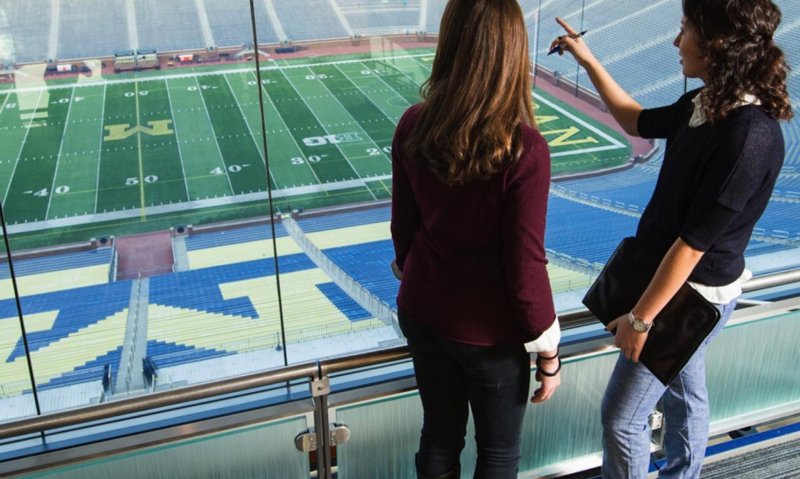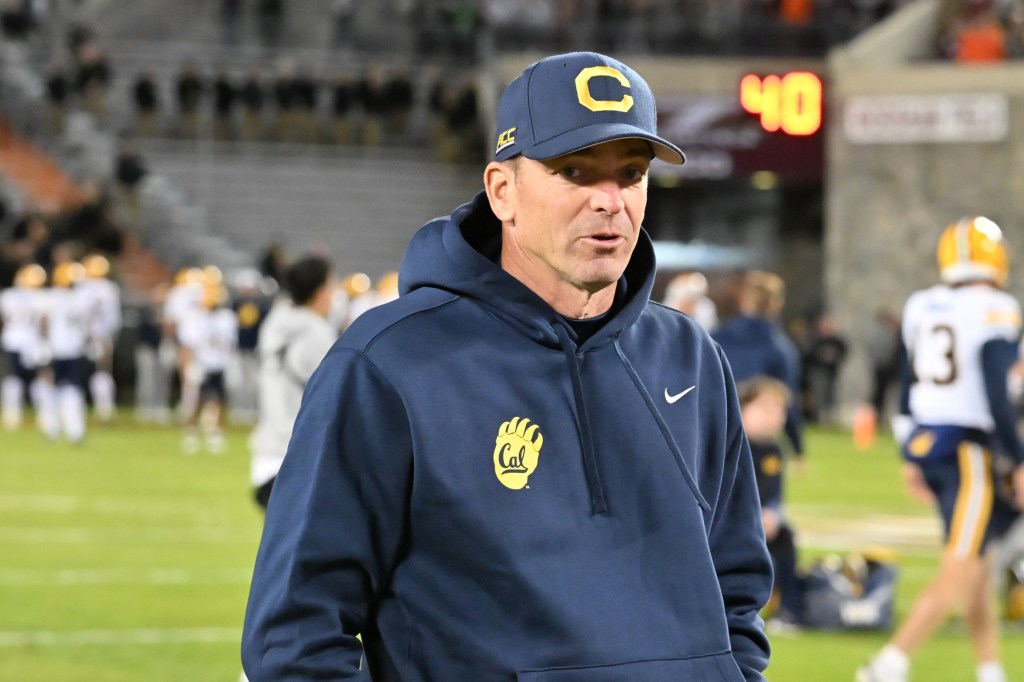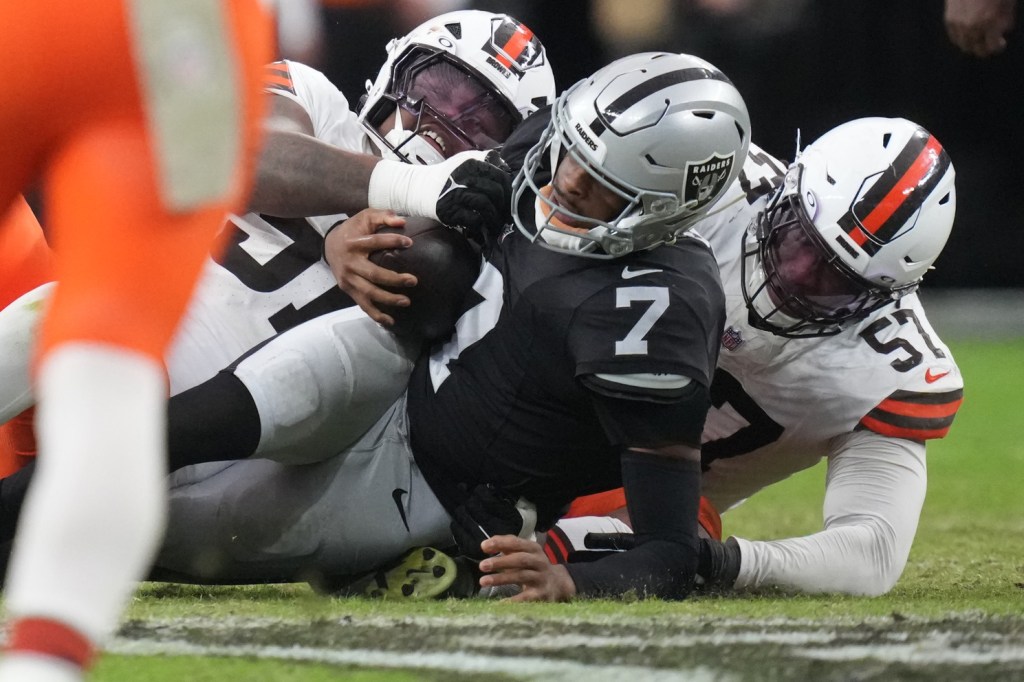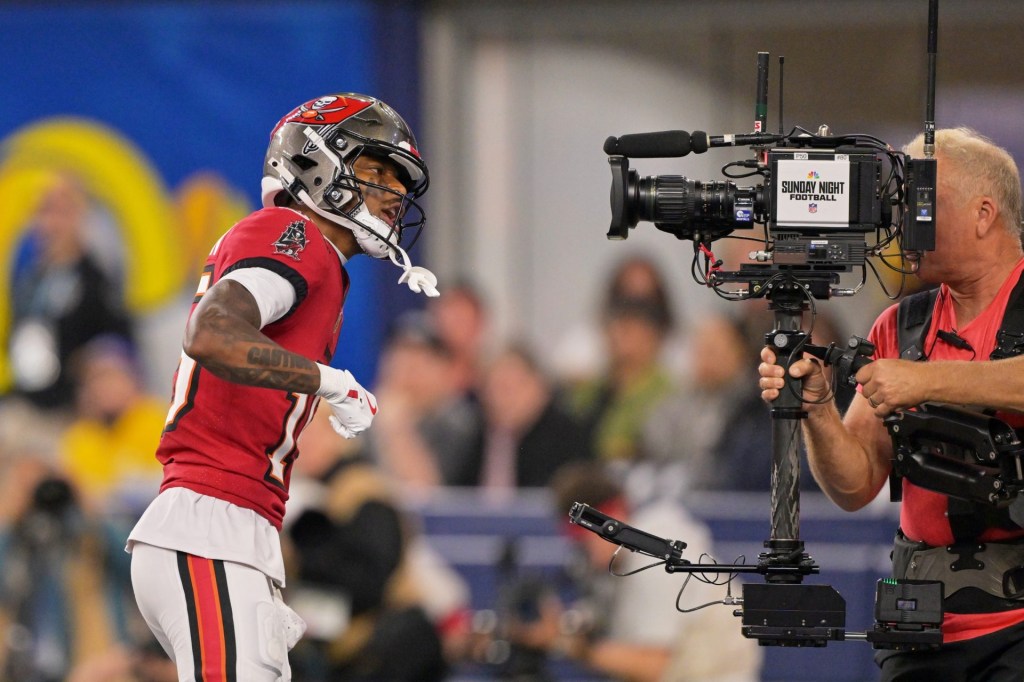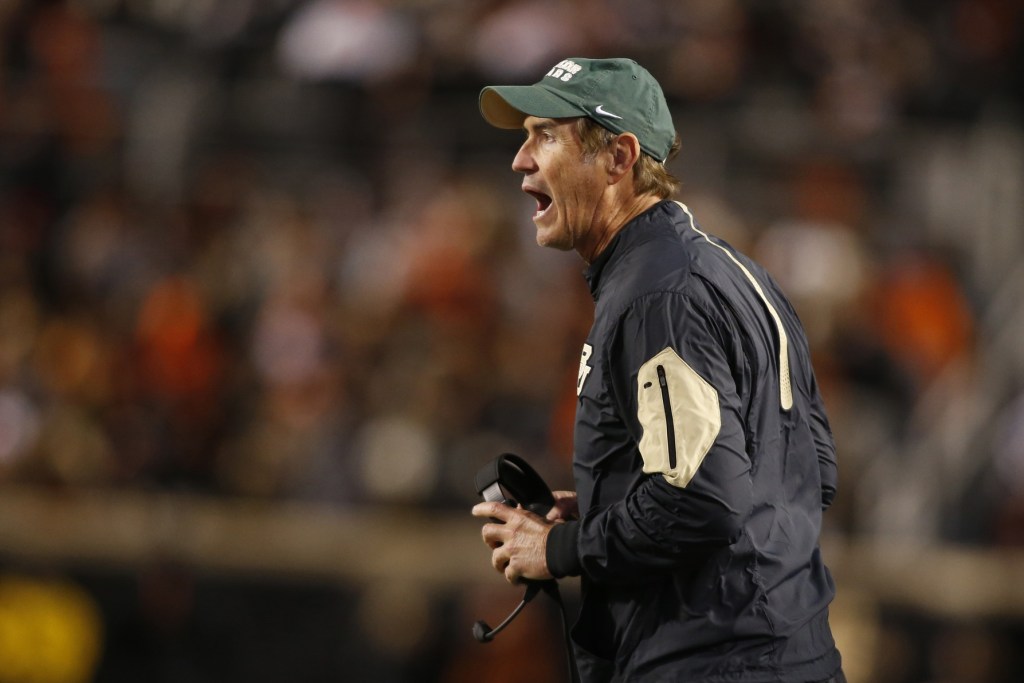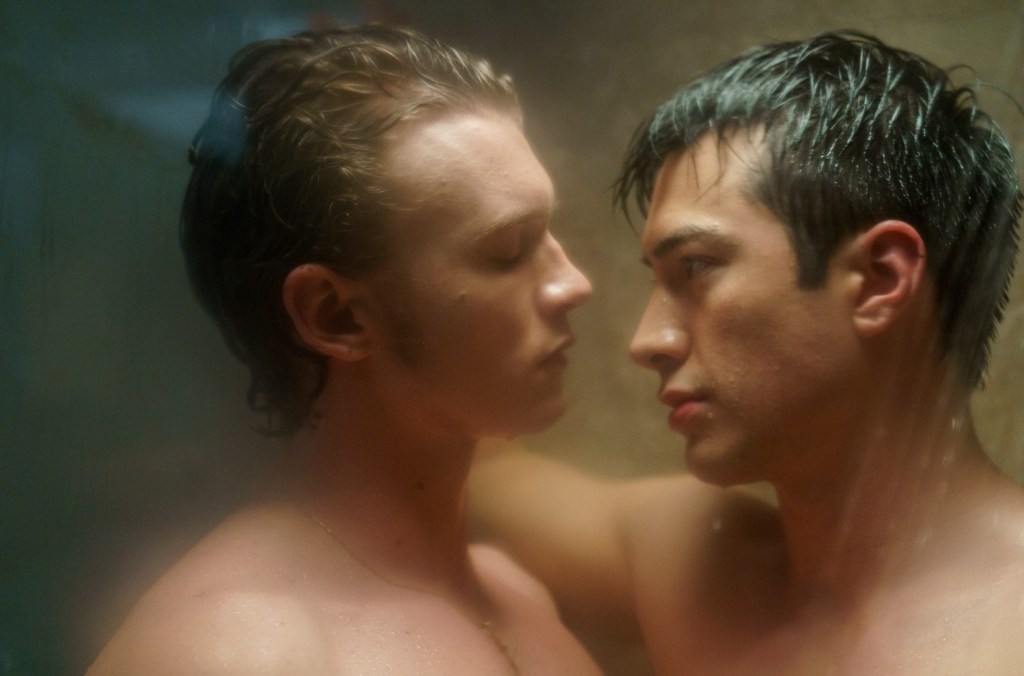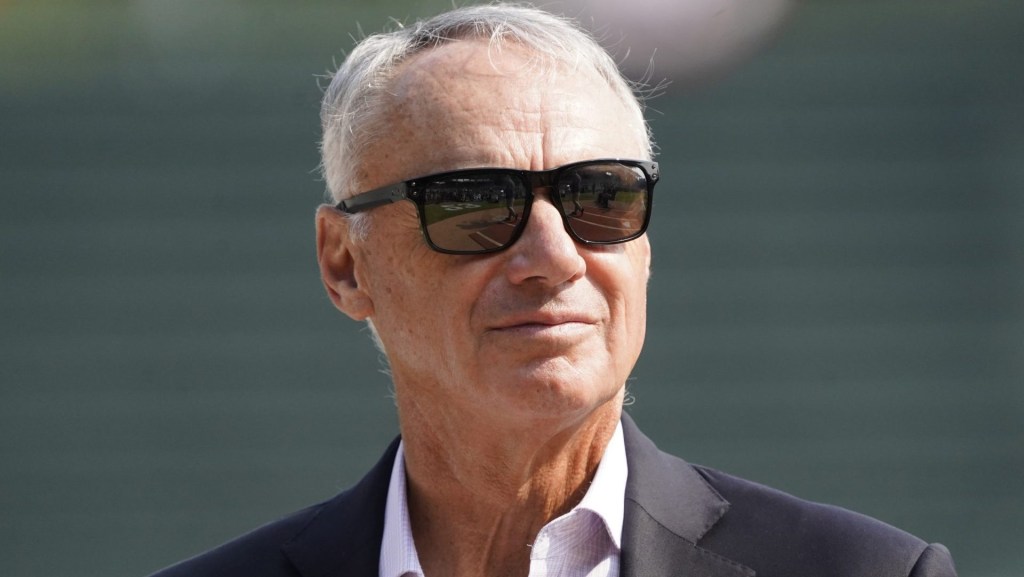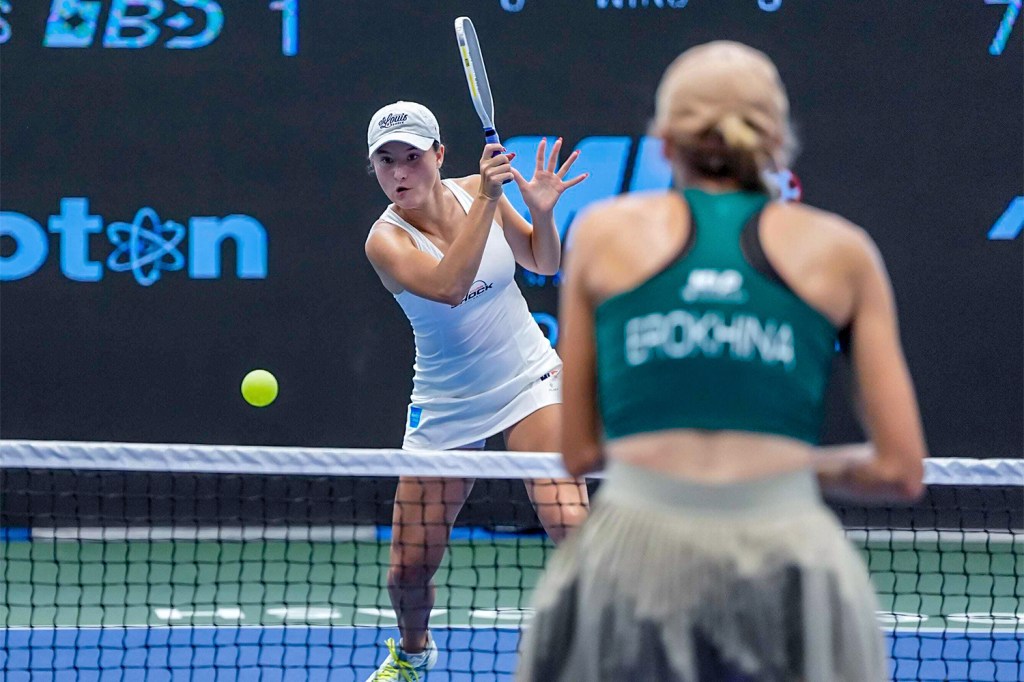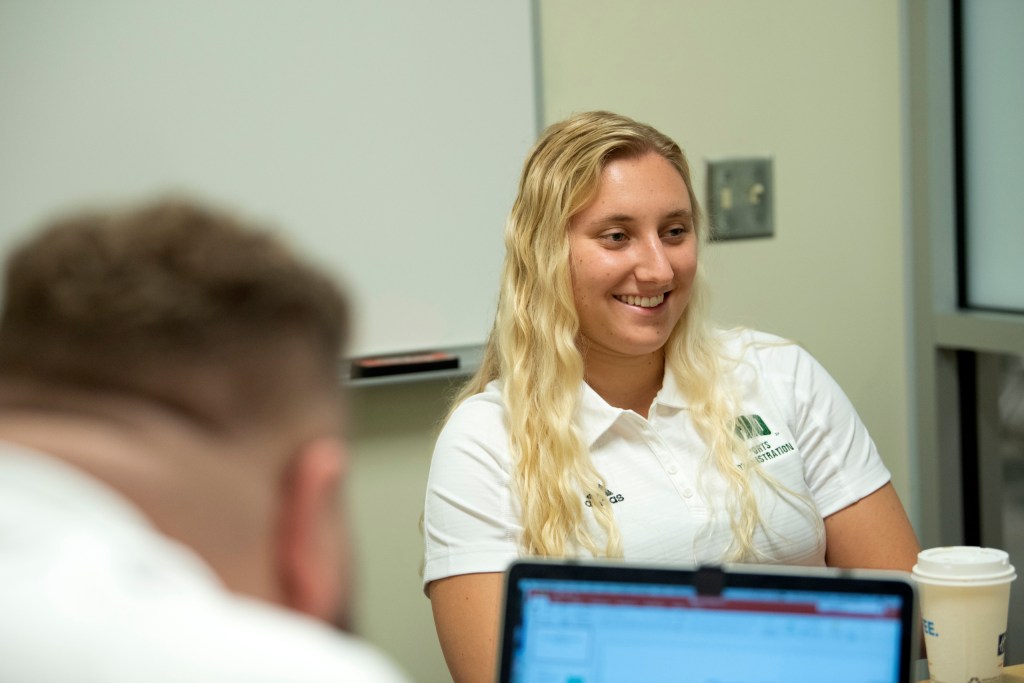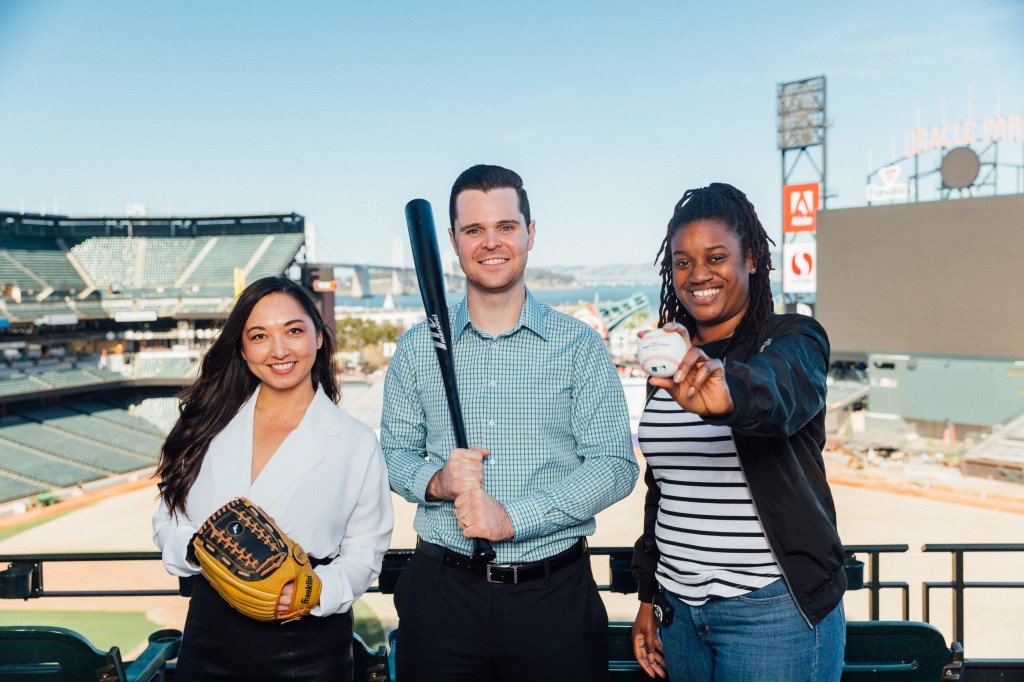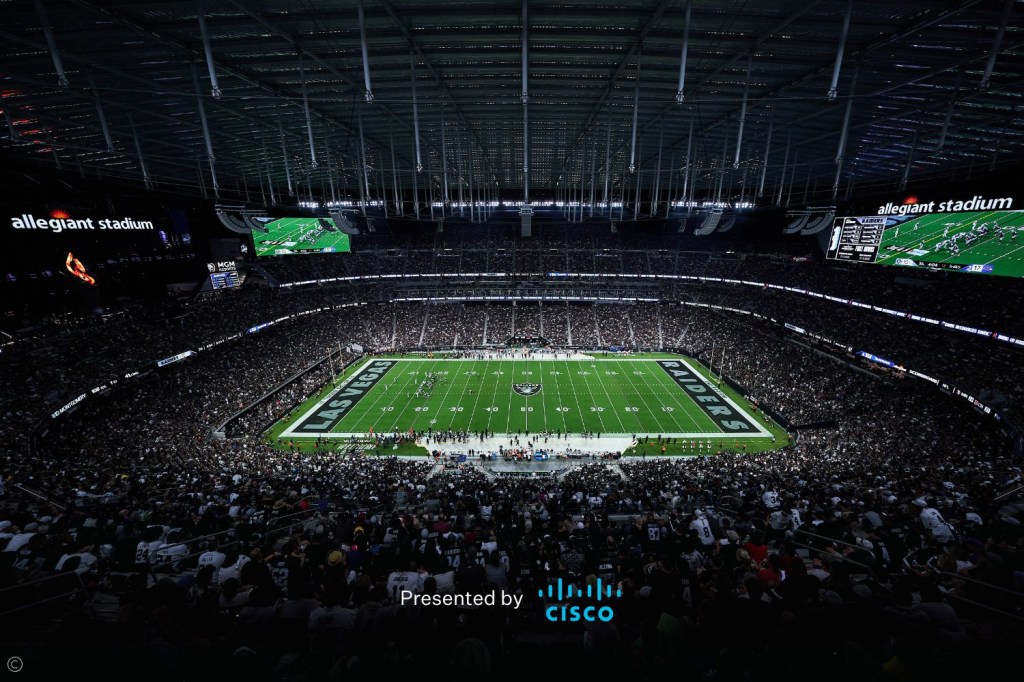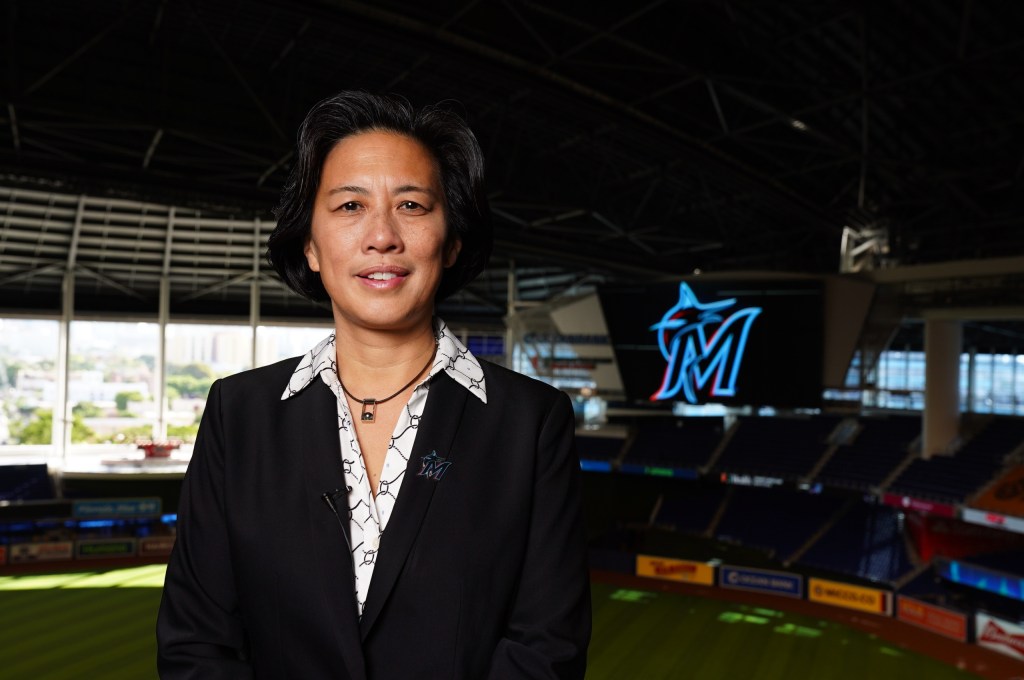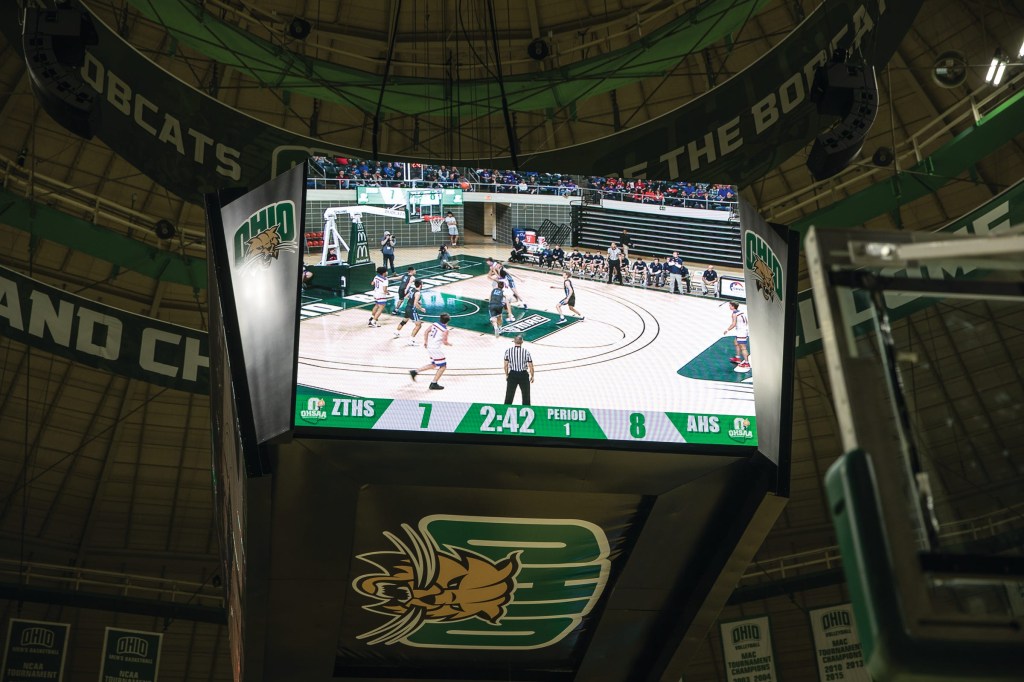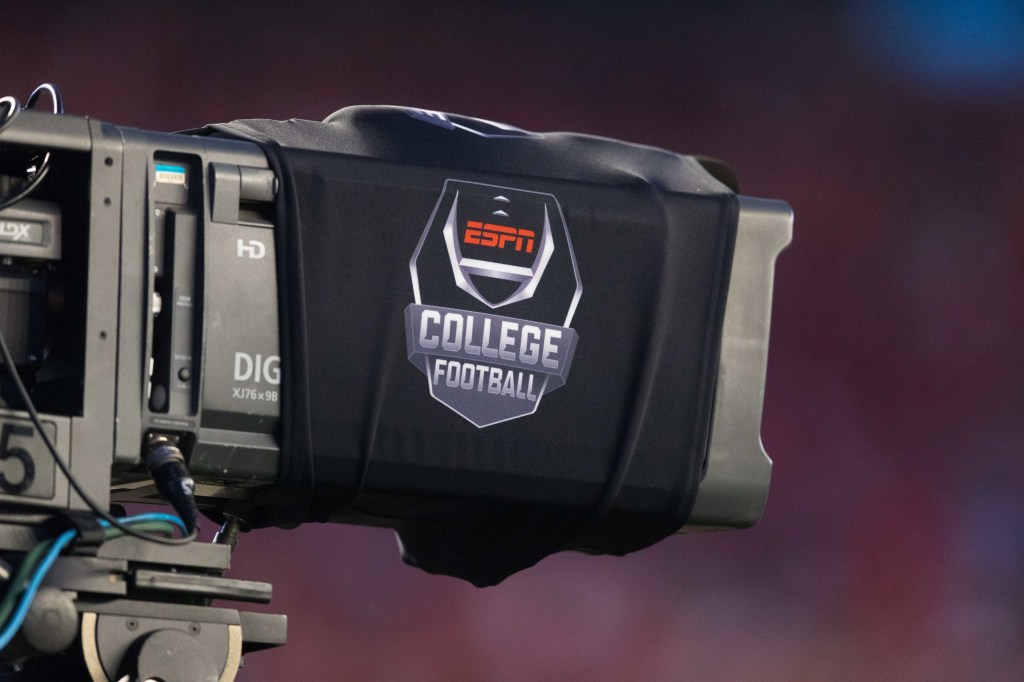Working in the industry comes with its fare share of sacrifices.
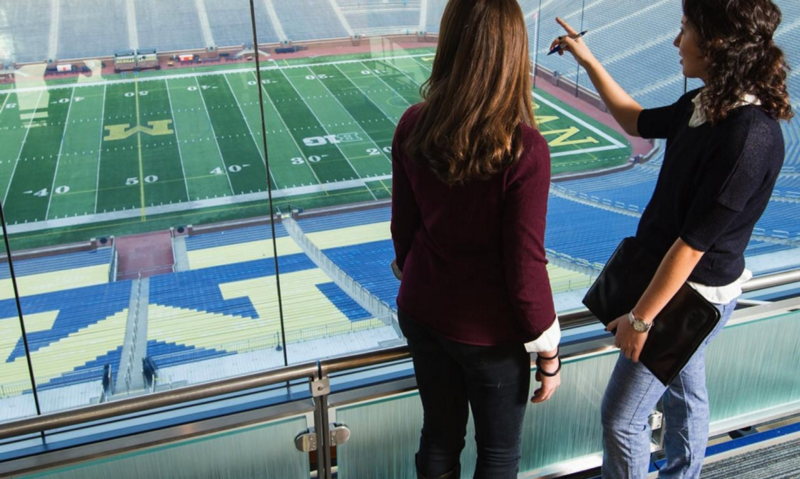

For a long time, working in sports has meant taking a necessary pay cut. Sports Management Degree Guide writes that students should expect $35,000-$42,000 out of university. This page was written in 2013, when the average salary for any college grad was $45,000 — meaning that even in the best case, students would take a 7% discount for the privilege to work in sports.
What makes this discount seem even more disparate is that new graduates in sports are most commonly hired for management or sales jobs — which, in the open market, pay much more than the research, teaching, or pharmacy positions that are filled by graduates in other fields. This certainly puts downward pressure on the average salary of $45,000.
What’s more is that sports has faced diversity issues for many years — a tide that may only now be turning (or maybe not).
These all sound negative, so why would the average person go into sports, and in addition, what else can we explain about the market?
Working in Sports Provides People Additional Consumption Utility
From the candidate’s perspective, the decision to work in sports — whether it be in the front office or an agency, stems from perceived increased intangible benefits.
When people are faced with options, they will weigh the opportunity costs involved in each decision. When making the decision to work in sports, they will weigh the expected combined utility gained by accepting the average sports job, and the expected combined utility gained by accepting the average non-sports job.
Combined utility is an important concept — any job will provide a person with a bundle of benefits: which includes both income and intangible benefits. In other words, for those who want to work in sports, the marginal utility gained from a sports job surpasses the marginal utility of working in an equal, but non-sports job. People in sports generally take a discount — but the quantity of discount boils down to this: how much am I willing to pay to work in sports?
We also see adoption of niche strategies in sports hiring — where employers target the few with the greatest willingness to pay. That said, if there were a proportionate amount of jobs (to number of applicants), our next point (a low supply of jobs) would not be an issue. The reason it becomes an issue is because people who do not want to work in sports are usually industry agnostic, where their demand remains inelastic for multiple industries. On the other hand, people who want to work in sports will have an inelastic demand for sports jobs — meaning that limited supply becomes a greater issue.
Low and Limited Supply of Jobs
There are few true sports jobs, meaning that employers have a disproportionate amount of leverage over the labour market. And, like many jobs in desirable fields, employers will exert their influence over their employees — whether it be via extra (unpaid) hours, or overall reduced salaries.
A consequence of low supply is an extremely, extremely selective selection process, which often filters out perfectly reasonable candidates for reasons which can seem equally reasonable.
In the hiring process, where there are few objective and quantifiable metrics (the ones that do exist require context, which is rarely provided), it becomes easy for employers to default to familiar tactics. This stands in stark contrast to working in the front office of a sports team, where stats are readily available, and performance is public — resulting in all types of people weighing in to make their own judgments.
To be clear, these are issues that exist in all industries. But the nature of the sports industry, which hires few people, and where network effects are strong, we see more (relative) widespread dispersion.
As a result of the aforementioned subjectivity, main types of hires emerge: “familiars”, and “reputation” hires.
“Familiars” are the practice of employers hiring employees that fall within familiar demographics. To be clear, this is rarely due to conscious decisions — I truly believe that most people have good intentions! However, a large body of evidence, such as this paper, and this paper, implies that hiring managers will subconsciously hire those who are most similar to themselves.
“Reputation” hires are more of a function of traditional interviews providing incomplete information — hiring managers will rely on the opinions of those closer to them, whose social graphs include both the candidates and themselves. This is much less of an issue, and exists in almost all industries. Indeed, reputation hires remain a useful way for hiring managers to obtain more information about candidates.
Labour Markets and Matching Theory
A useful way to think about this problem is from the perspective of matching theory:
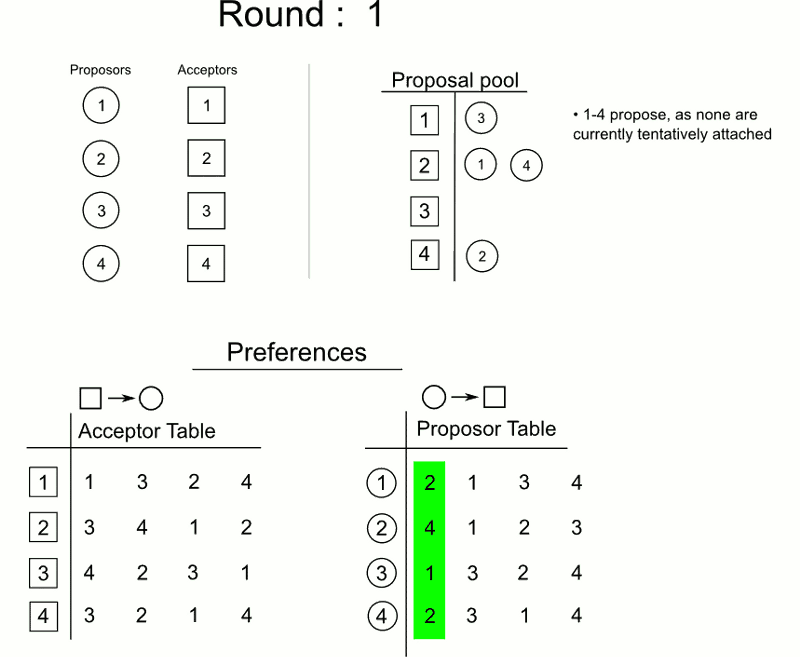
In which candidates would act as “proposers”, and employers would act as “acceptors”. Candidates would have ordered preferences, from which they would determine who to propose to, by round.
Employers would also have ordered preferences, through which they would determine which candidates to accept. Their preferences would be ordered by expected impact. Since almost all candidates will have a large degree of uncertainty, especially at the entry level, reducing uncertainty will, on balance, improve a candidate’s probability of success.
Both familiarity and reputation contribute to the reduction of uncertainty, but also lead to issues that have been rampant in many industries, such as low diversity and a high degree of nepotism. Recent industries that have faced these issues are venture capital, law, fashion, and British film.
Now — a lot of this stems from societal issues which have been covered by many. But since sports admits fewer applicants, there is less of an opportunity for “un-like” candidates to filter through. If one industry has 100 open spots, another has 20 open spots, and there is a 10% chance of “un-like” candidates in any industry to obtain a spot, the first industry will have 10 successful “un-like” candidates, while the second will only have 2.
The good news is that there is a compounding effect to this. Assuming that hiring managers will continue to hire candidates similar to themselves, the penetration rate of “un-like” candidates will continue to grow over time, until they become a part of the “like” group. Of course, this only applies if there is a static rate of “un-like” applicants.
What makes me optimistic about the future of sports is that people with a passion for the industry are more likely to be inelastic in their demand for sports jobs. That is, they are willing to take the sacrifices necessary for a successful career in sports. Conversely, an elastic demand would result in a negative outcome — less and less “un-like” people would want to enter the industry, resulting in a dearth of diversity. Economists almost universally agree that a diverse workforce is more favourable to a homogeneous one, implying that it will be in the interest of the industry for my bear case to come true.
In the short term, for students interested in sports, it becomes increasingly valuable to network and meet industry professionals. For “un-like” candidates, this ensures a greater probability that they become both a “familiar” and a “reputation” hire, increasing their chances of success — an effect that is amplified given the network effects unique to this industry.
My favourite sports career story is Paul DePodesta’s, whose career was chronicled with Robert Elwood in this podcast episode.
I’ll let you listen to the podcast, but after graduating from Harvard with a degree in economics, DePodesta received lucrative offers from several management consulting firms, as well as an unpaid internship with the now-defunct Baltimore Stallions of the CFL.
DePodesta went on to innovate baseball, working with Billy Beane as his assistant general manager — bringing sabermetrics to the mainstream, in the form of Moneyball.
This piece has been presented to you by SMU’s Master of Science in Sport Management.
Front Office Sports is a leading multi-platform publication and industry resource that covers the intersection of business and sports.
Want to learn more, or have a story featured about you or your organization? Contact us today.
